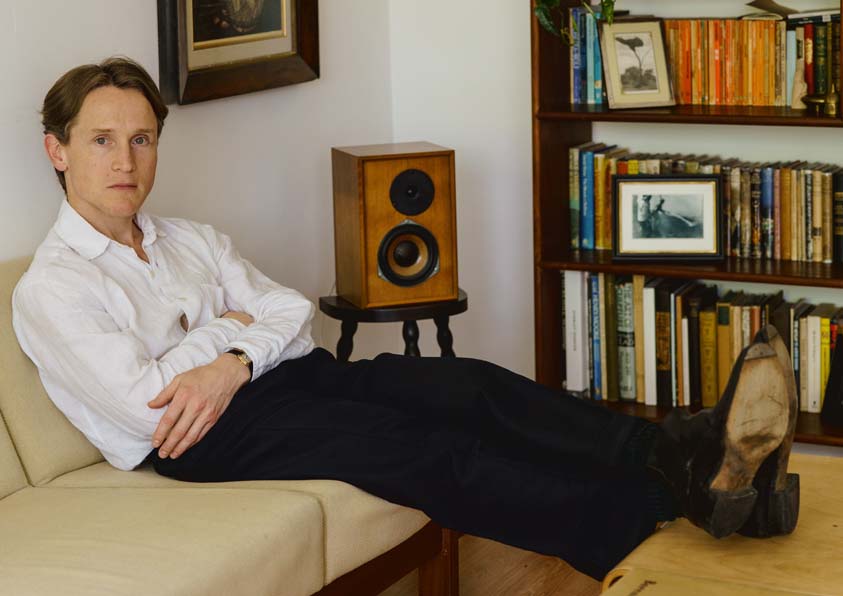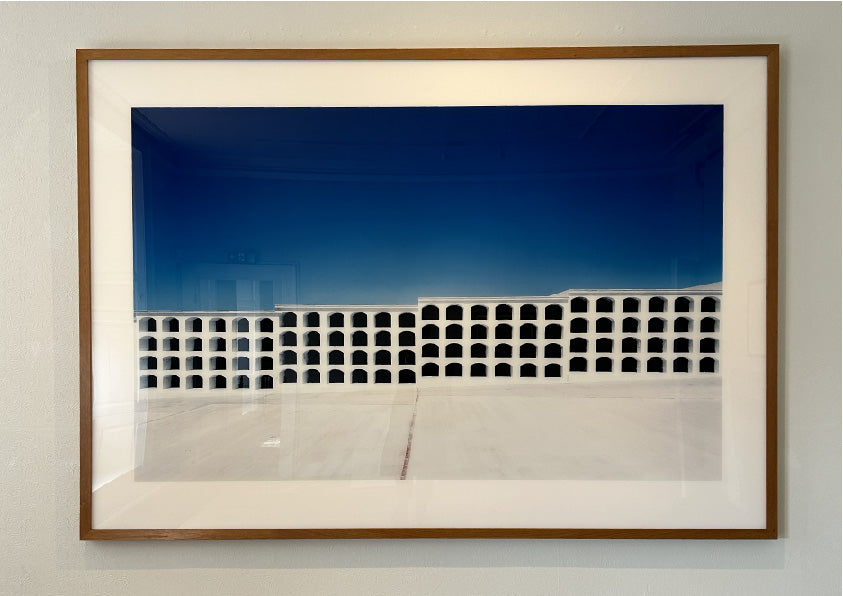Harry Everett Smith was a self-taught painter, filmmaker, and collector, but he considered himself primarily an anthropologist. Smith, who died in 1991, was, according to his friends, always collecting things, and his groups of objects would constantly morph: because he moved frequently, bits and pieces would be lost from one long-term hotel stay to another.
Smith’s paper-airplane collection was one of his many odd collections. (Among other things, he also accumulated string figures and Ukrainian Easter eggs.) Most of the paper airplanes were found in the streets and buildings of New York.
The “samples,” as Smith called the planes, are delightfully varied. The papers are intriguing—scraps and junk mail bear the fingerprints of history, in fonts, colours, and patterns. But what reportedly attracted Smith was the variety of constructions. Many of the airplanes have writing on them by Smith, noting the location where they were found. These pieces of sculptural ephemera are artifacts of childhoods, and also of the eccentric and eager collector who sought to preserve them.
Smith’s paper-airplane collection was one of his many odd collections. (Among other things, he also accumulated string figures and Ukrainian Easter eggs.) Most of the paper airplanes were found in the streets and buildings of New York.
The “samples,” as Smith called the planes, are delightfully varied. The papers are intriguing—scraps and junk mail bear the fingerprints of history, in fonts, colours, and patterns. But what reportedly attracted Smith was the variety of constructions. Many of the airplanes have writing on them by Smith, noting the location where they were found. These pieces of sculptural ephemera are artifacts of childhoods, and also of the eccentric and eager collector who sought to preserve them.








